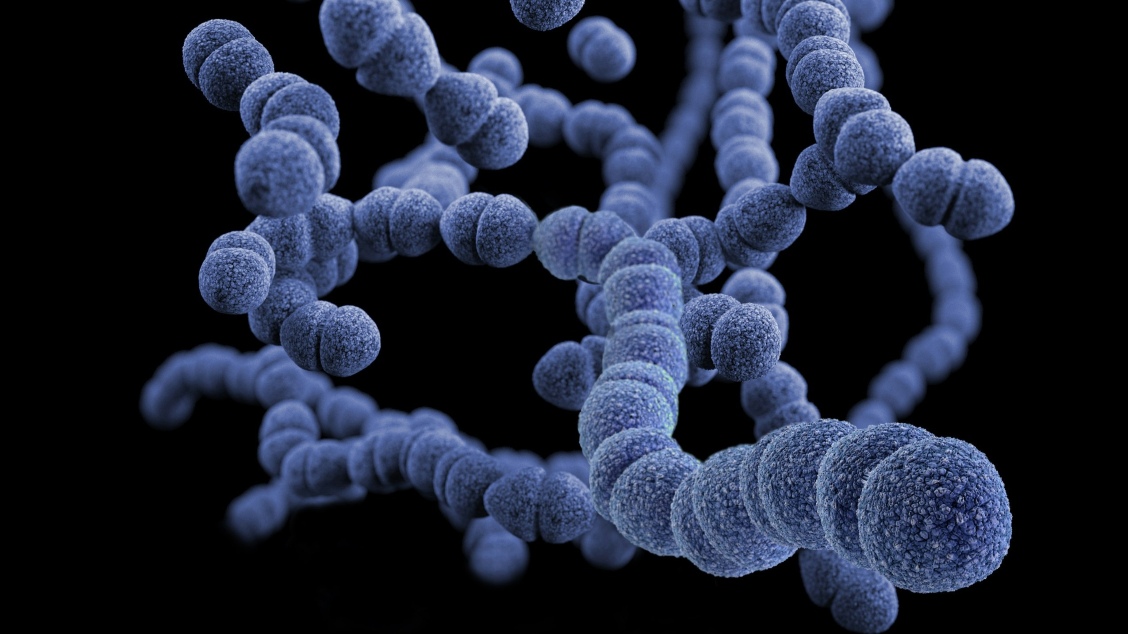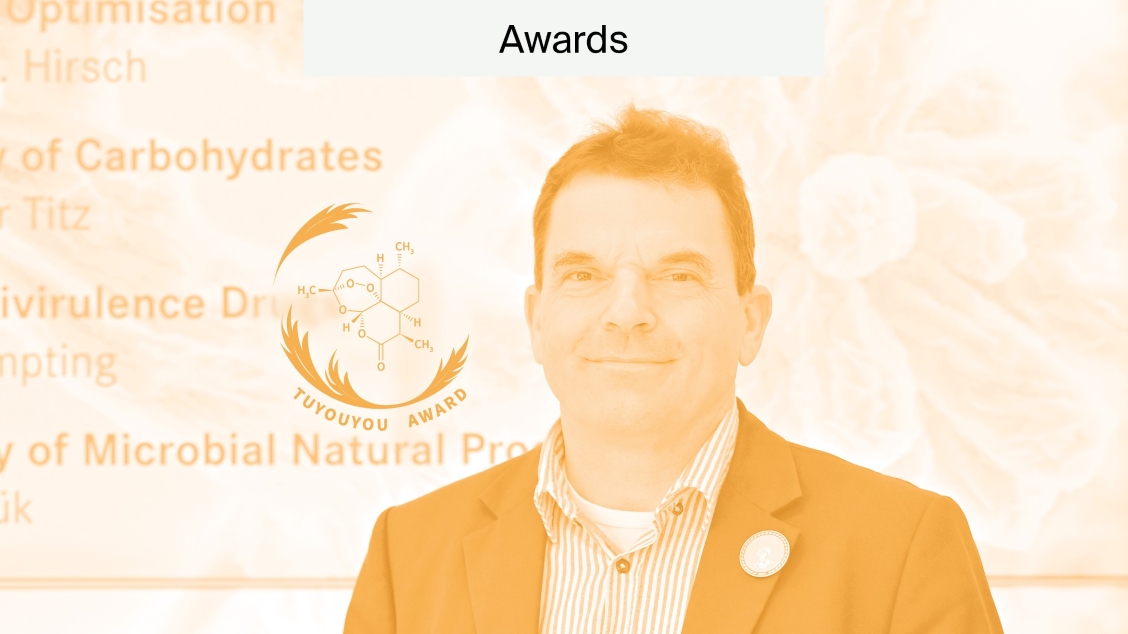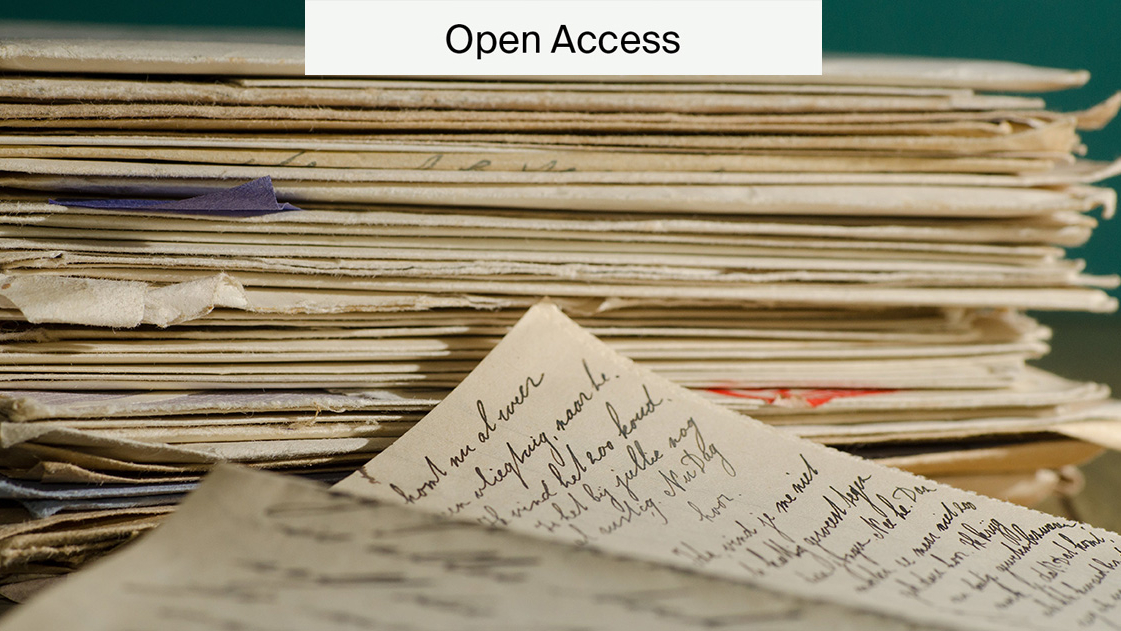
Proofig AI: Ensuring Research Integrity with AI-Powered Image Proofing
Since the widespread adoption of digital photo editing software, concerns about image integrity have been widespread in scientific research. The rise of artificial intelligence (AI) models that can generate images has heightened these concerns. In response to these broad image integrity concerns, tools like Proofig AI are being implemented.
Proofig AI is an AI-powered image proofing tool to assist the reviewing of scientific publications to ensure research integrity. MDPI is implementing the tool in selected journals to reinforce the robust editorial process.
This article outlines how image integrity can be threatened and how Proofig AI helps to combat this, as well as how and why MDPI is implementing Proofig AI into its editorial process.
Risks to image integrity in scientific research
Image alteration and/or duplication can be much more damaging, as it corrupts actual research results, wastes research money on invalid leads, undermines society’s trust in research, and can even endanger the society in which those “results” are used.
Due to the advent of digital image editing software, like Photoshop, and more recently generative AI models, maintaining image integrity is an essential aspect of research integrity.
Tim Tait-Jamieson, Head of Publication Ethics, explains
Images are a core part of articles, conveying important information, concepts, and strengthening the conclusions.
If images are altered in ways that distort the original data, that can mislead reviewers and readers, damaging the credibility of the research work. Furthermore, if other researchers try to build upon, replicate, or validate the findings, they will waste valuable time and resources.
Any manipulation or misrepresentation of images can lead to misinterpretation of the data and therefore flawed conclusions.
Regardless of whether manipulation occurs intentionally or unintentionally, maintaining image integrity is essential.
Types of image manipulation
Proofig AI provides a helpful guide for some of the different image integrity risks:
- Image duplication: the same or part of the same image is used in multiple contexts.
- Image manipulation: an image is altered to misrepresent the original data.
- Image fabrication: creation of completely non-existent image or data.
- Image plagiarism: using someone else’s image or images without permission or proper citation.
- Inappropriate image handling: various issues like poor image quality and incorrect labelling of images.
- Image misrepresentation: image is inaccurately interpreted or conclusions are based on mistaken perceptions.
These all can lead to the misinterpretation of data and therefore impact research integrity.
Regarding AI usage, Tim Tait-Jamieson explains
Sometimes authors will design a concept figure for their article to clarify a process or specific methodology. Such concept figures require artistic elements that do not represent scientific data and may be created using AI tools. However, at MDPI, we discourage such use of AI tools as they may produce scientifically inaccurate or even plagiarized figures.
Authors are always responsible for verifying the scientific accuracy of any content generated by generative AI tools and should also ensure no copyrighted material appears in the final image.
We also remind authors that it is not permitted to use generative AI tools to create or enhance any research results or data. This includes, but is not limited to, images, blots, photographs, X-rays, measurements, and visualisations of data such as graphs.
Avoiding image manipulation
Researchers must ensure replicability when producing images, carefully check the publisher’s guidelines around the use of artificial intelligence, and ensure they keep the original raw data files with recordings of the settings and equipment used. Images files must not be manipulated or adjusted in any way that could lead to the misinterpretation of the image.
Tim Tait-Jamieson outlines how
Reviewers should focus on the clarity, accuracy, and relevance of the images to the research question and conclusions. This includes assessing whether the images effectively support the presented findings, if the methodology used to generate them is appropriate, and if any ethical concerns exist, such as if the image inadvertently discloses the patient’s name. Reviewers should also check whether images are appropriately labeled, look for any inconsistencies, and check raw data. If the raw data is not available, reviewers may ask the editorial office to contact the authors to provide any necessary files.
Reviewers should keep in mind that manipulated images may be based on actual data or may point to a lack of compelling underlying data.
MDPI’s aim is to ensure that data, findings, and conclusions can be trusted by following strict editorial procedures, policies, and guidelines.
What is Proofig AI?
Proofig AI is an AI-powered automated image proofing tool for scientific publications to ensure research integrity. The tool uses a vast database for detecting plagiarism, duplications, and manipulations within individual figures.
Proofig’s AI Image Fabrication feature leverages advanced algorithms to analyze and identify patterns unique to AI-generated images. By focusing on the most widely used image generation model, the feature can effectively detect synthetic images and flag them for further review.
The tool is designed to save time, reduce the occurrence of human errors, and ensure the highest standards of quality, all whilst ensuring confidentiality.
Gabriel Martinez, Scientific Advisor, explains
From my experience, what makes Proofig AI unique compared to other tools is its user-friendly interface and its ability to efficiently detect image duplications and manipulations with high accuracy. Furthermore, Proofig AI offers visual reports that help identify problematic images.
Proofig AI demonstrated high consistency in detecting duplicated and manipulated images within manuscripts. For example, it reliably identifies duplicated confocal and histology images, even when they have been altered to disguise similarities.
It saved a lot of time in detecting manipulated images, which without proper software would have been difficult to spot or would have required a significant amount of time to check.
How does Proofig AI work?
Regarding how Proofig AI works, Oliver Terrett, Scientific Advisor, explains
When submitted, papers must be manually reviewed to determine if the relevant image types can be checked by Proofig AI. The full manuscript PDF can then be uploaded into the Proofig AI web interface, or the PDF can be uploaded via the API within our manuscript submission system.
The program scans PubMed to find matching images that have already been published. It also checks for matching or overlapping images within the paper.
A staff member must then manually review every match in Proofig AI. Each match provides a similarity score, and other relevant info (such as whether the image has been rotated or re-sized). There is a variety of filters and other image alteration tools to help you confirm if the match is genuine. Comments can be added for each match, and each verified match can be assembled into a PDF report which can be shared with other staff or Editorial Board Members.
These steps include a combination of machine learning, pattern recognition, and statistical analysis to detect anomalies in images that suggest AI generation. The system is trained on a vast dataset and is continuously trained on new datasets to recognise images from emerging models.
How MDPI is implementing Proofig AI
MDPI’s goal is to provide a rigorous and transparent peer review process that benefits the whole scientific community.
Milos Cuculovic, Head of Technology Innovation, outlines how
In 2018, we established the Technology Innovation team, composed of AI experts including data scientists, AI/ML engineers, and data engineers. The team’s main focus is to identify opportunities to improve internal processes, develop new tools for researchers, and enhance the quality of academic output.
For a while, we have worked with the Research Integrity team on evaluating different service providers, to address image manipulation detection. From the experts, it seemed Proofig AI was by far the best choice, and here we are: further ensuring research integrity and guaranteeing the high quality of research output published by MDPI.
Human skill remains central to maintaining the rigour and integrity of peer review. MDPI carefully integrates AI tools where they add value to and support the existing human skill, enhancing efficiency, quality, and consistency.
Gabriel Martinez explains how MDPI is ensuring Proofig AI is used correctly
MDPI has prepared guidelines for all Proofig AI users to ensure they make good use of this type of tool, including which parameters to adjust for better detection of image manipulation. In addition, instructions have been provided to help identify manuscripts with potential issues, so users do not need to check all manuscripts indiscriminately.
Oliver Terrett continues
Instances of genuine image manipulation should lead to an investigation that follows COPE guidelines. As a starting point, the authors should be contacted for an explanation, full image files, and a replacement figure. The case must then be reviewed by an Editorial Board Member.
In cases with large amounts of manipulation, inadequate explanations, or behaviour suggestive of intentional manipulation, the authors’ institution may need to be contacted so that an institutional investigation into the data can be conducted.
Human expertise supported by AI tools
Maintaining image integrity is an essential aspect of research integrity, made more important by the rising use of generative AI models.
MDPI is committed to providing a rigorous and transparent peer review process that benefits the whole scientific community, leveraging human skill and AI tools.
MDPI is implementing Proofig AI to increase efficiency and consistency across selected journals.










